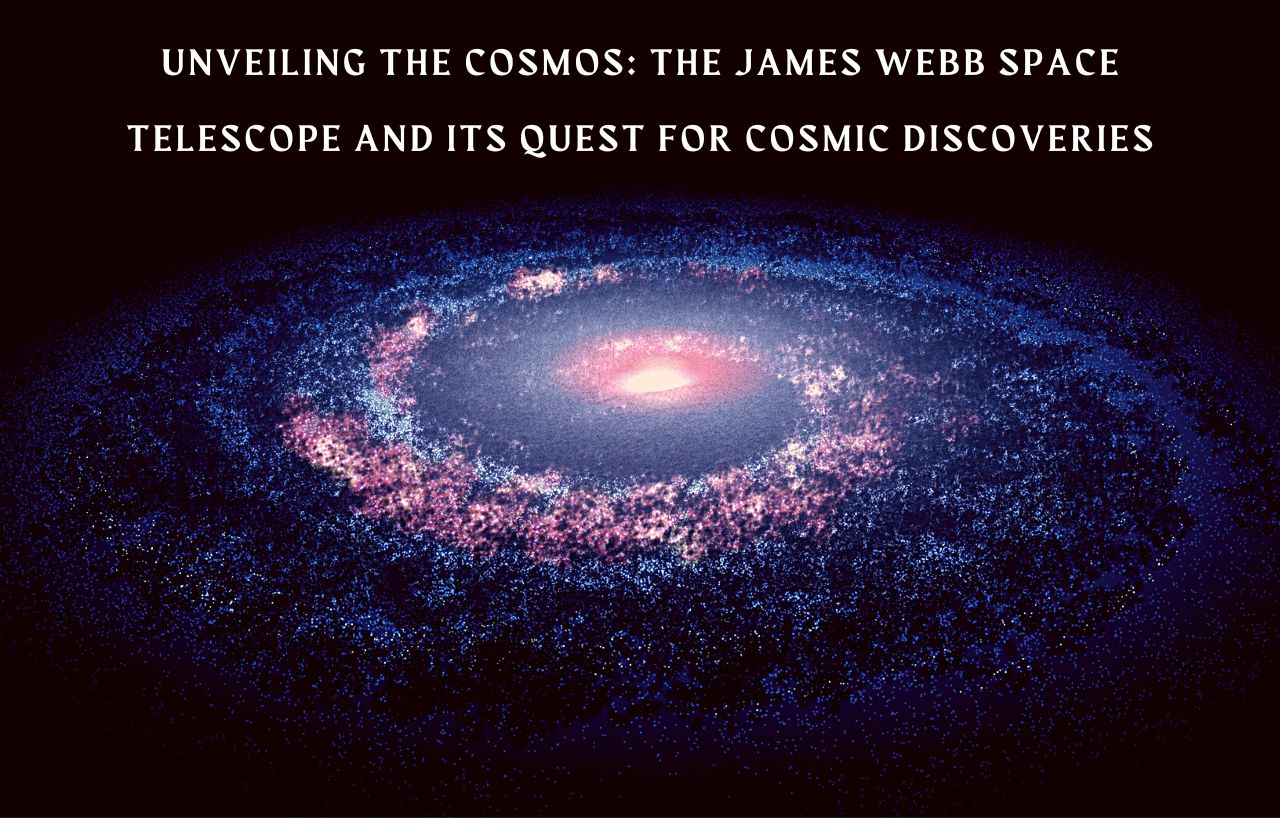The Apollo 11 moon landing, a defining moment in human history, is widely celebrated as a remarkable achievement. However, a persistent controversy surrounds the event, with some individuals questioning the authenticity of the moon landing and labeling it as a staged photo shoot. In this article, we delve into the claims and counterarguments, examining the evidence to separate fact from fiction.
The Moon Landing Achievements:
On July 20, 1969, astronauts Neil Armstrong and Edwin “Buzz” Aldrin became the first humans to set foot on the lunar surface. Their monumental achievement was witnessed by millions worldwide. The subsequent Apollo missions further expanded our understanding of the moon and space exploration.
The Controversial Claims:
Several theories emerged, claiming the moon landing was a hoax staged by the United States government for political and propagandist purposes. Skeptics argue that the technology at the time was insufficient to safely land on the moon and return, and that anomalies in photographs and videos reveal inconsistencies.
Addressing the Skepticism:
Numerous scientific, technological, and historical arguments debunk the moon landing conspiracy theories:
- Reflectors on the Moon: Laser reflectors placed during the Apollo missions allow scientists to measure the moon’s distance accurately using lasers from Earth.
- Lunar Rocks: Moon rocks brought back by the Apollo missions contain distinct characteristics not found on Earth, confirming their lunar origin.
- Inconsistent Shadows and Stars: Misunderstandings of light and shadows, as well as the absence of stars in photographs, can be explained by the unique lunar environment.
- Radio Communications: Amateur radio operators worldwide tracked the Apollo missions and confirmed the transmissions from the moon.
- Soviet Verification: The USSR, a rival superpower at the time, would have detected any falsification of the moon landing. Their lack of objection lends credibility to the event.
The Psychology Behind Conspiracy Theories:
The moon landing controversy also highlights the psychological factors that contribute to the persistence of conspiracy theories. Skepticism of authority, distrust of governments, and the allure of being part of a “secret truth” play a role in perpetuating such claims.
Conclusion:
While conspiracy theories may continue to circulate, the preponderance of evidence supports the authenticity of the moon landing. The achievements of the Apollo missions have been verified by scientists, experts, and multiple nations. The moon landing symbolizes human innovation, collaboration, and the indomitable spirit of exploration. As we strive for greater understanding of our universe, it’s crucial to critically examine claims, rely on reputable sources, and celebrate the remarkable accomplishments of humanity.



